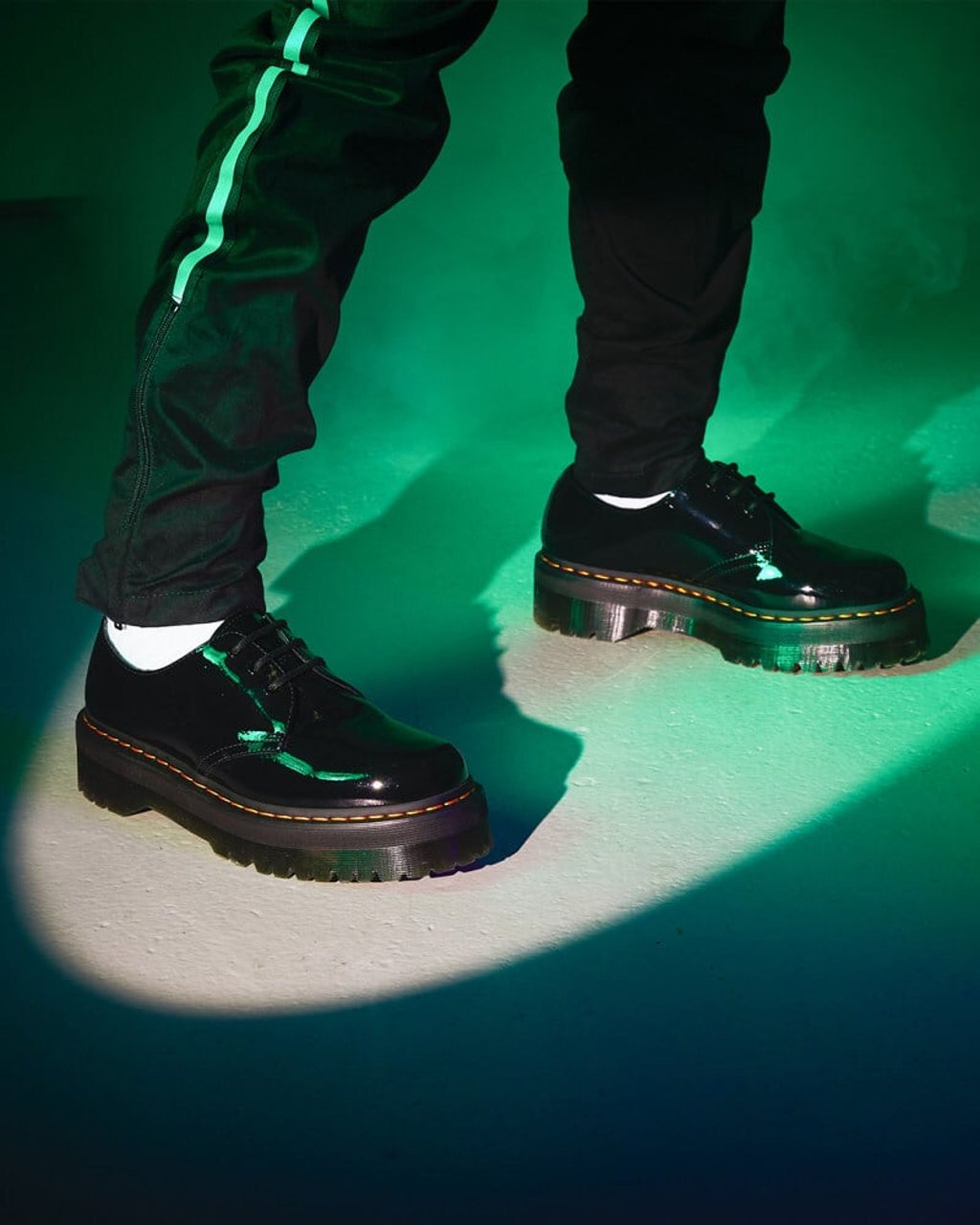Timberlands, Birkenstocks and Dr Martens, footwear brands once passed off as second-rate and clunky, are having a moment – here’s why
- No longer the sort of shoes only your geography teacher or teenage cousin would wear, these three brands are now a staple of many fashionistas’ wardrobes
- Partly born from a post-MeToo desire to steer fashion away from anything overtly sexy, it is largely the comfort factor that keeps women buying them

I rewatched Sex and the City recently, and when Carrie Bradshaw makes a joke about Birkenstocks being a lesbian shoe, I couldn’t help laughing at how old-fashioned she sounds.
Of course the show has dated – it was released over 20 years ago and mainstream attitudes towards bisexuality, lesbianism and so much more have changed for the better since then. But little did Carrie know that those Birkenstocks she was maligning would end up being far more fashionable than the colourful heels she bases so much of her personality around.
The world of women’s shoes has experienced a footwear revolution in the last few years – one that I think will have as much of an impact as the hemline rising of 1966. At the turn of the millennium, stilettos were bywords for sex and power; two decades on and there are more glossy Birkenstocks, battered Dr Martens and clompy Timberlands than heels of any height at fashion week.
As a result, these three companies in particular have seen their stock soar. Once upon a time, all of them were famed for making the sort of practical shoes your geography teacher or teenage cousin might wear; now every fashionista worth her Net-a-Porter addiction likely has more than one iteration of each in her wardrobe.

Birkenstocks in particular have gone from beast to beauty, single-handedly leading the ugly shoe trend and making heel-worshipping fashion editors immediate converts to the comfort of German sandal manufacturing. Hence nobody was surprised when last week it was announced that private equity giant L Catterton and family holding Financière Agache took a majority stake in the 250-year-old manufacturer – both investors, notably, are backed by LVMH boss Bernard Arnault.
